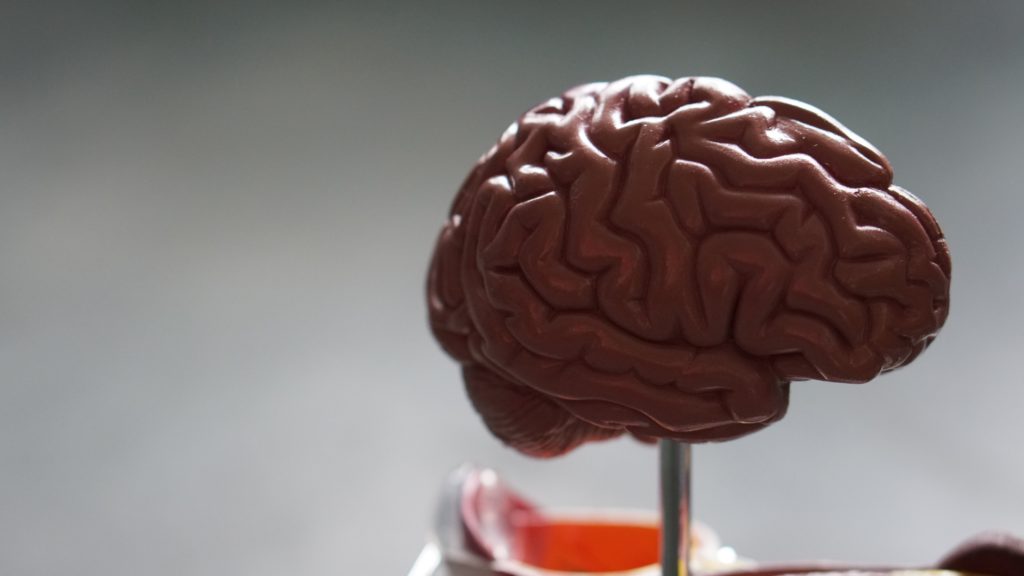
We all know someone who has been affected by a stroke. It can be a devastating and life-changing event. According to the National Stroke Association, (NSA) it is the 5th leading cause of death and number one cause of disability in the United States. Nearly 800,000 people in the USA have a stroke every year. Every 40 seconds someone has a stroke and every 4 minutes someone dies of a stroke in the USA. 897% of all strokes are ischemic from a clot or mass blocking a blood vessel in the brain.
According to a study in the Journal of the American Medical Association, there is almost a 50% reduction in strokes and 40% reduction in stroke deaths more than two decades from 1987 to 2011. THE GOOD NEWS: According to a study in the Journal of the American Medical Association, there is almost a 50% reduction in strokes and 40% reduction in stroke deaths more than two decades from 1987 to 2011. Improved smoking cessation, management of high blood pressure and cholesterol are believed to be significant contributing factors. THE BAD NEWS: Progress has slowed in recent years! THE MESSAGE: Continued vigilance and lifestyle changes are essential!
A stroke occurs when the arteries of the brain are unable to bring necessary blood flow to a specific region of the brain. When blood flow carrying essential oxygen and nutrients is unable to reach brain tissue, the brain cells in that tissue die. The longer the blood flow is cut off, the greater and more permanent the residual damage. Two primary causes of loss of blood flow to the brain are ischemic stroke and hemorrhagic stroke. In an ischemic stroke a clot obstructs or blocks the flow of blood to the brain. In a hemorrhagic stroke, a blood vessel tears or ruptures which interrupts the flow of blood to the brain. Another term used when describing a stroke is a “mini stroke” which is a transient ischemic attack (TIA) which caused by a temporary clot.
The effects of a stroke depend on several factors such as the location and duration of the tissue damage. The brain is unique in that one side of the brain is responsible for the opposite side of the body. So, a stroke that damages the right side of the brain will result in damage to the left side of the body.
The brain stem is the central trunk of the brain which traverses downward to form the spinal cord. Symptoms include:
Keep moving, eat healthy foods, and exercise regularly

NEXT MONDAY – Read Dr. Paul J. Mackarey “Health & Exercise Forum!”
This article is not intended as a substitute for medical treatment. If you have questions related to your medical condition, please contact your family physician. For further inquires related to this topic email: drpmackarey@msn.com
Paul J. Mackarey PT, DHSc, OCS is a Doctor in Health Sciences specializing in orthopaedic and sports physical therapy. Dr. Mackarey is in private practice in downtown Scranton, PA and is an associate professor of clinical medicine at GCSOM.
SOURCES: National Stroke Association, National Institutes of Health; www.strokeassociation.org; www.stroke.org